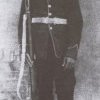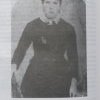1920s
1920
1921
Merv Cooper, a Gully resident born in 1916, remembers that in the Valley, “There were people, very dark people, who would come from different areas to my Grandmother’s home and camp around the area for a few days and during that time they would paint their faces. We were put to bed early and told not to come out, that the Hairy man would get us. We would hear chanting and the next morning they were all gone. There was a spot in the Upper Gully we were told not to go near as there were spirits there. As children we were very afraid. One day while picking blackberries, we saw a worn spot surrounded by thick scrub. We learned later on that it was a spot where corroborees were held.” Johnson, p. 113. Video, ‘The Old people of the Gully’
1923
1924
Sydney newspapers accuse the Aboriginal Protection Board of hastening the disappearance of the Aboriginal girls by isolating the girls in the city. The arguments are that girls are unlikely to meet Aboriginal men and – it being unthinkable that they should marry white men – the result will be necessarily fewer Koori people. Goodall, p. 152.
1925
1926
Martha Everingham dies at Tizzana Winery, Ebenezer. She is buried at the St Thomas Church Cemetery in Sackville Reach and not with other Koories in the Aboriginal burial ground behind Lilburn cottage near Sackville Reserve. She is reported to be ‘the last of the full-blood tribe’.(BDM NSW 18977/1926). She is 80 years old.
1927
Dorothy Maloney writes about the Milligan family of the Hawkesbury River, consisting of Eva Milligan, her four children, an aged grandfather and a disabled uncle. Their only regular income is a war pension. Maloney writes: ‘the little hut is quite unfit for such a family to live in. It is neither rain nor wind proof. The wind whistles through it and that the children have not died of Pneumonia or other similar diseases is remarkable evidence of the hardy-hood of the Australian people. Furniture, utensils, or ordinary comforts are conspicuously absent and the surroundings, taken as a whole, are complete evidence of the callousness of the Government regarding the welfare of the remnants of the original owners of this country. Maynard, p. 98.
1928
Evidence suggests the Australian Aboriginal Progressive Association is hounded and harassed by the NSW police, acting on behalf of the Aborigines Protection Board. Maynard, p. 8. For white Australians, the most unsettling aspect of the Aborigines Progressive Association was the fact that it was led by a self-educated and well-educated Aboriginal man with a great command of both the spoken and written word. Maynard spoke and wrote passionately and insightfully about the injustices and atrocities committed against Aboriginal people. He spoke of things that many white people did not know or were not aware of, or simply did not want to know. Maynard, p 7.











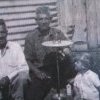
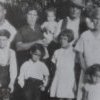
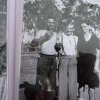
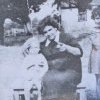
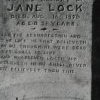
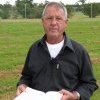
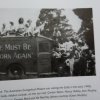
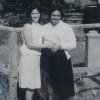
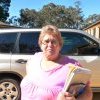
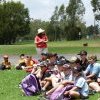
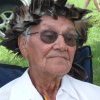
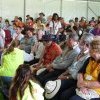
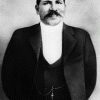
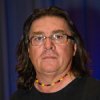
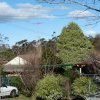
.thumbnail.JPG)
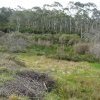
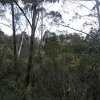
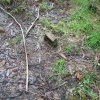
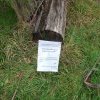
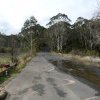
.thumbnail.JPG)
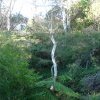
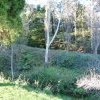
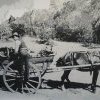
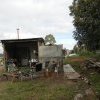
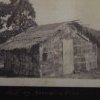
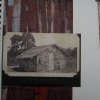
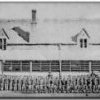
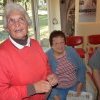


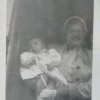
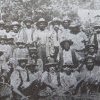
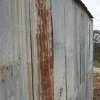
.thumbnail.JPG)
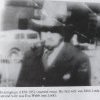
. Epraim Everingham and his wife Martha (Madha).thumbnail.JPG)
